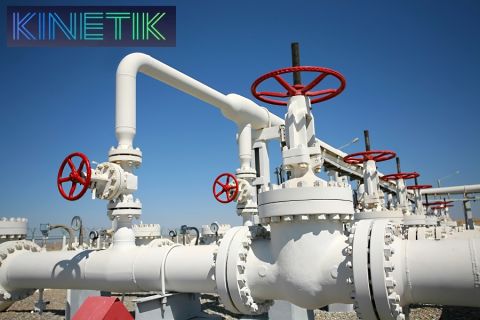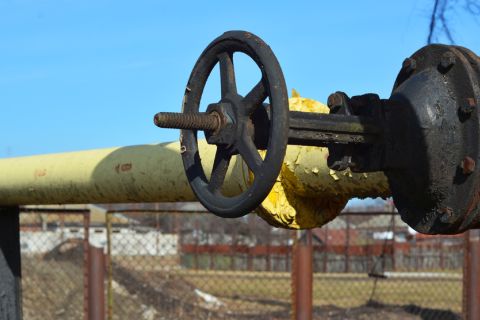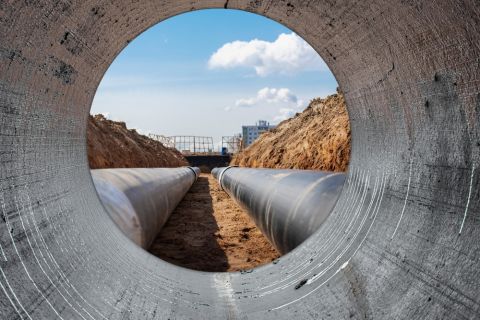North Dakota’s regulatory framework for geologic sequestration of carbon dioxide (CO2) is leading the nation again as the North Dakota Industrial Commission approved the first Class VI well in North Dakota on Oct. 19.
North Dakota was the first state to receive primacy of Class VI wells from the U.S. Environmental Protection Agency (EPA) in 2018, followed only by Wyoming in 2020.
Orders written by the Department of Mineral Resources (DMR), and signed on Oct. 19 by the Commission, approved Red Trail Energy LLC (RTE) to geologically store CO2 from the RTE ethanol facility located near Richardton. Orders signed also determine the financial responsibilities and approve of the amalgamation of the storage reservoir pore space required to operate the facility.
The RTE facility currently emits an average of 180,000 metric tons of high-purity CO2 annually from the fermentation process during ethanol production. This approval allows RTE to commercially capture (dehydrate and compress) and inject the 180,000-metric-ton-per-year CO2 stream into the Broom Creek Formation on RTE property for permanent geologic CO2 storage.
“We commend Red Trail Energy for their innovative and rigorous work to submit an application that sets the standard for future carbon capture applications,” the Commission said. “Red Trail’s work with the Energy & Environmental Research Center has resulted in a project that assures that carbon dioxide can be safely stored for generations.”
The North Dakota Industrial Commission is made up of Gov. Doug Burgum, Attorney General Wayne Stenehjem and Agriculture Commissioner Doug Goehring.
Wells are categorized in different classes by the EPA. A Class VI well is used to inject CO2 into deep rock formations for long-term storage—also referred to as geologic sequestration. Geologic carbon sequestration is a method of securing carbon dioxide in deep geologic formations to reduce or eliminate its release to the atmosphere.
Carbon dioxide can be captured from stationary sources such as power plants and other large industrial facilities, compressed to a fluid state, and injected deep underground into permeable and porous geologic strata in which it will remain isolated. The geologic formation in which the gas is stored must be overlain by another layer of impermeable rock to seal in the injected CO2.
“North Dakota researchers began evaluating the state’s resources 18 years ago, and North Dakota policymakers began developing the legal and regulatory framework for Class VI geological storage 12 years ago, DMR Director Lynn Helms said. “The approval of the RTE permits marks a significant milestone in the economic development of North Dakota’s abundant geological resources.”
Recommended Reading
Kinetik Holdings Enters Agreement to Pay Debt
2024-04-04 - Kinetik Holdings entered an agreement with PNC Bank to pay down outstanding debt.
Summit Midstream Launches Double E Pipeline Open Season
2024-04-02 - The Double E pipeline is set to deliver gas to the Waha Hub before the Matterhorn Express pipeline provides sorely needed takeaway capacity, an analyst said.
Summit Midstream Sells Utica Interests to MPLX for $625MM
2024-03-22 - Summit Midstream is selling Utica assets to MPLX, which include a natural gas and condensate pipeline network and storage.
Kinder Morgan Sees Need for Another Permian NatGas Pipeline
2024-04-18 - Negative prices, tight capacity and upcoming demand are driving natural gas leaders at Kinder Morgan to think about more takeaway capacity.
Targa Resources Forecasts Rising Profits on 2024 Exports
2024-02-20 - Midstream company Targa Resources reports a record fourth quarter in volumes and NGL fractionation.





